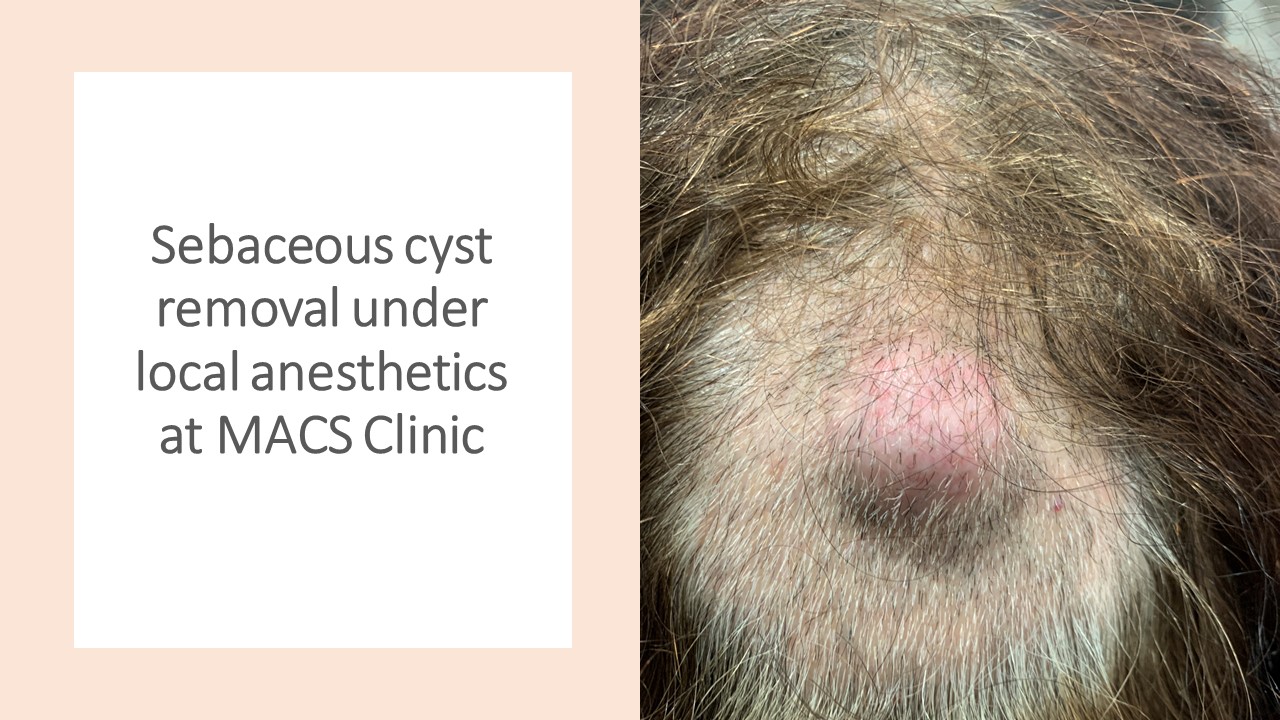Sebaceous cysts, also known as pillar cysts, can be more than just a cosmetic concern. While they might seem harmless at first glance, they can cause discomfort and inconvenience, affecting daily activities such as sleeping and grooming routines.
What are Sebaceous Cysts?
Sebaceous cysts are noncancerous, closed sacs or lumps beneath the skin filled with a cheesy or oily material called keratin. These cysts commonly occur on the face, neck, scalp, and trunk. When they develop on the scalp, they are often referred to as pillar cysts.
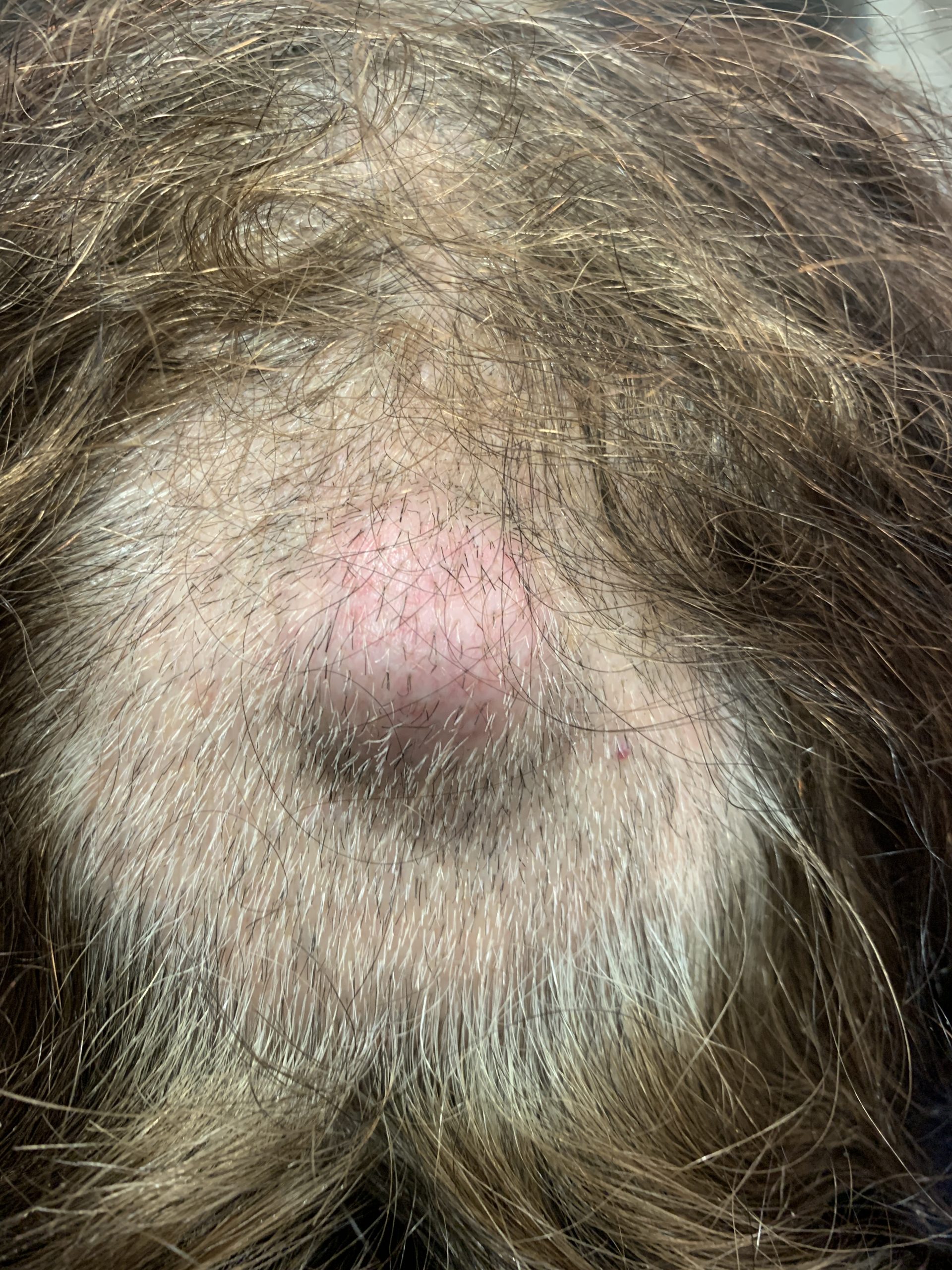
Symptoms and Challenges
Sebaceous cysts can present several challenges, including:
- Difficulty in Sleeping: Depending on their size and location, sebaceous cysts can make sleeping uncomfortable. Resting the head on a pillow might exert pressure on the cyst, causing pain or discomfort, thus disrupting sleep patterns.
- Painful and Uncomfortable While Grooming: Sebaceous cysts on the scalp can be particularly bothersome during grooming routines, such as combing hair or styling. The pressure applied during these activities can exacerbate pain and discomfort, making everyday tasks cumbersome.
- Recurrent Infection: If the cyst becomes infected, it may lead to redness, tenderness, and the formation of pus. This not only intensifies discomfort but also increases the risk of recurrence and complicates treatment. If the cyst ruptured then the smelly odorous fluid can stain clothes and causes social embarrassment
- Degree of Annoyance: Beyond physical discomfort, sebaceous cysts can be emotionally distressing. The constant awareness of a lump or bump on the skin and the frustration of dealing with its inconveniences can significantly affect one’s quality of life.
Treatment Options
Incision and Drainage: A common procedure involves making a small incision in the cyst to drain its contents. While this provides temporary relief, it may not prevent recurrence. Incision and drainage is only indicated if it becomes infected.
Surgical Excision: Complete removal of the cyst and its surrounding capsule is often recommended to prevent recurrence. This procedure is typically performed under local anaesthesia and may require stitches.
Treatment Options at MACS Clinic:
At MACS Clinic, sebaceous cysts are excised as day case procedure under local anaesthesia. This procedure is minimally invasive, ensuring a quick recovery with minimal discomfort. Moreover, many medical insurance providers, including AVIVA, BUPA, BUPA International, WPA, and Vitality Health, cover the cost of these procedures, making them accessible to those in need.
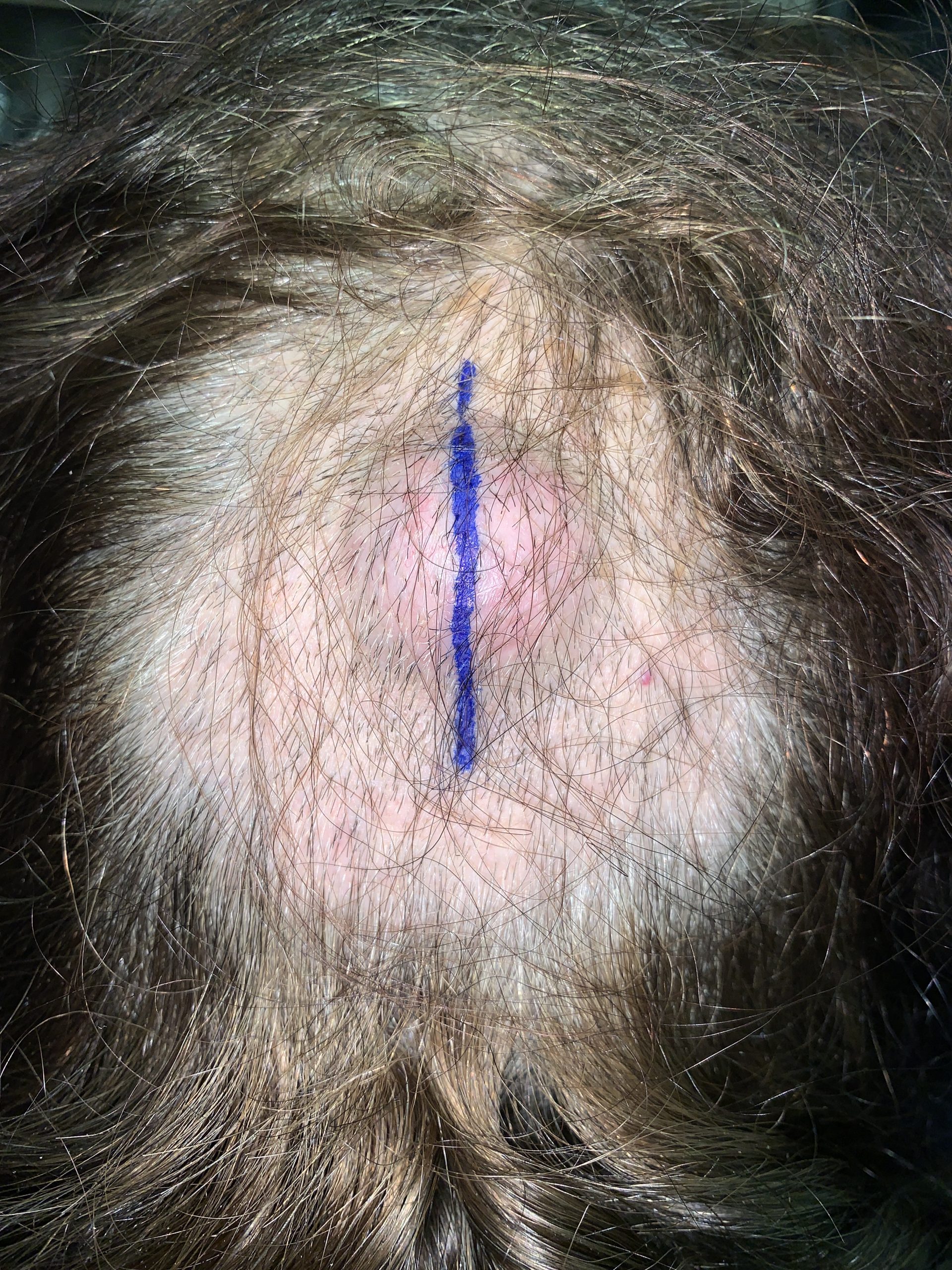
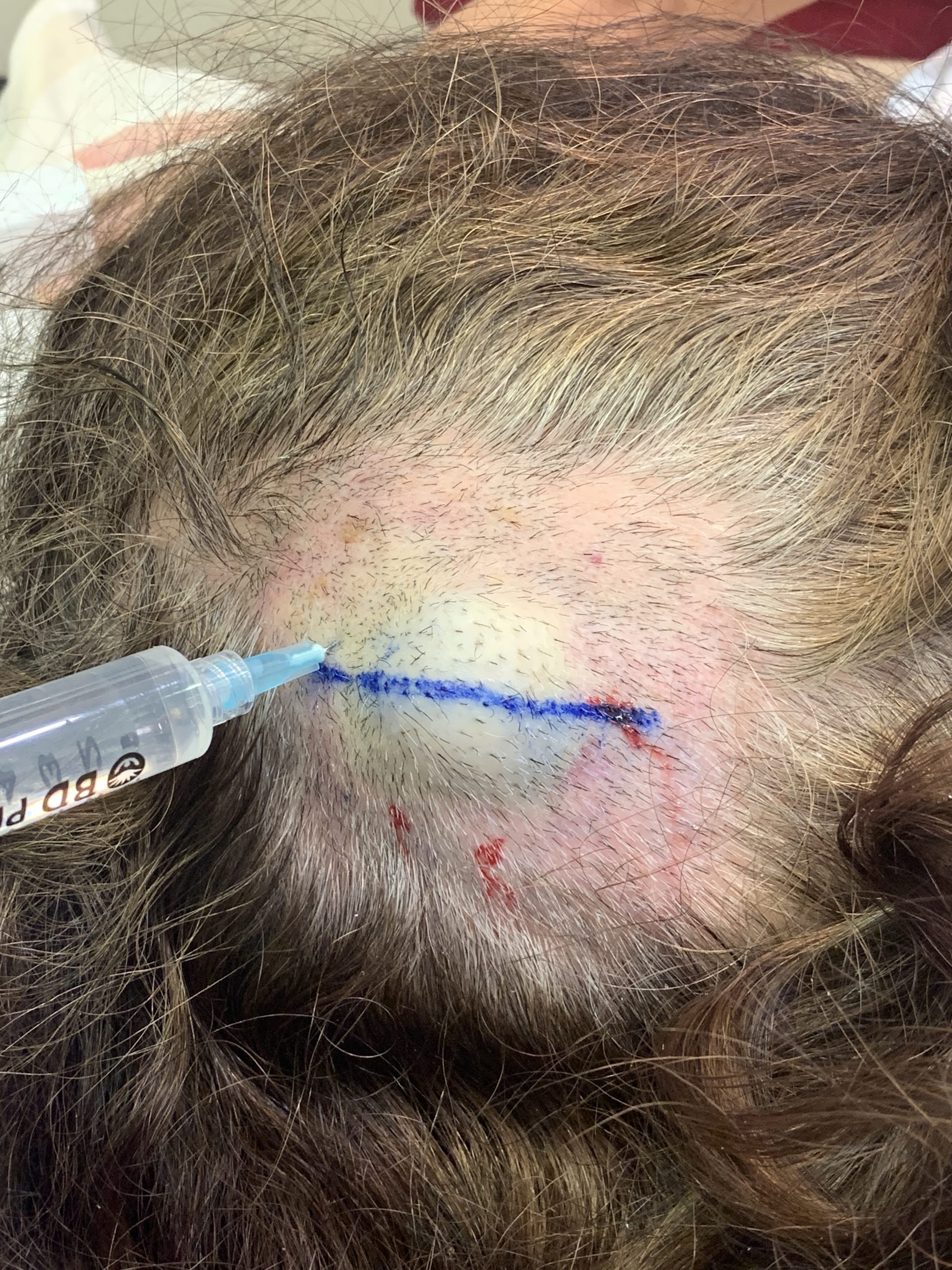
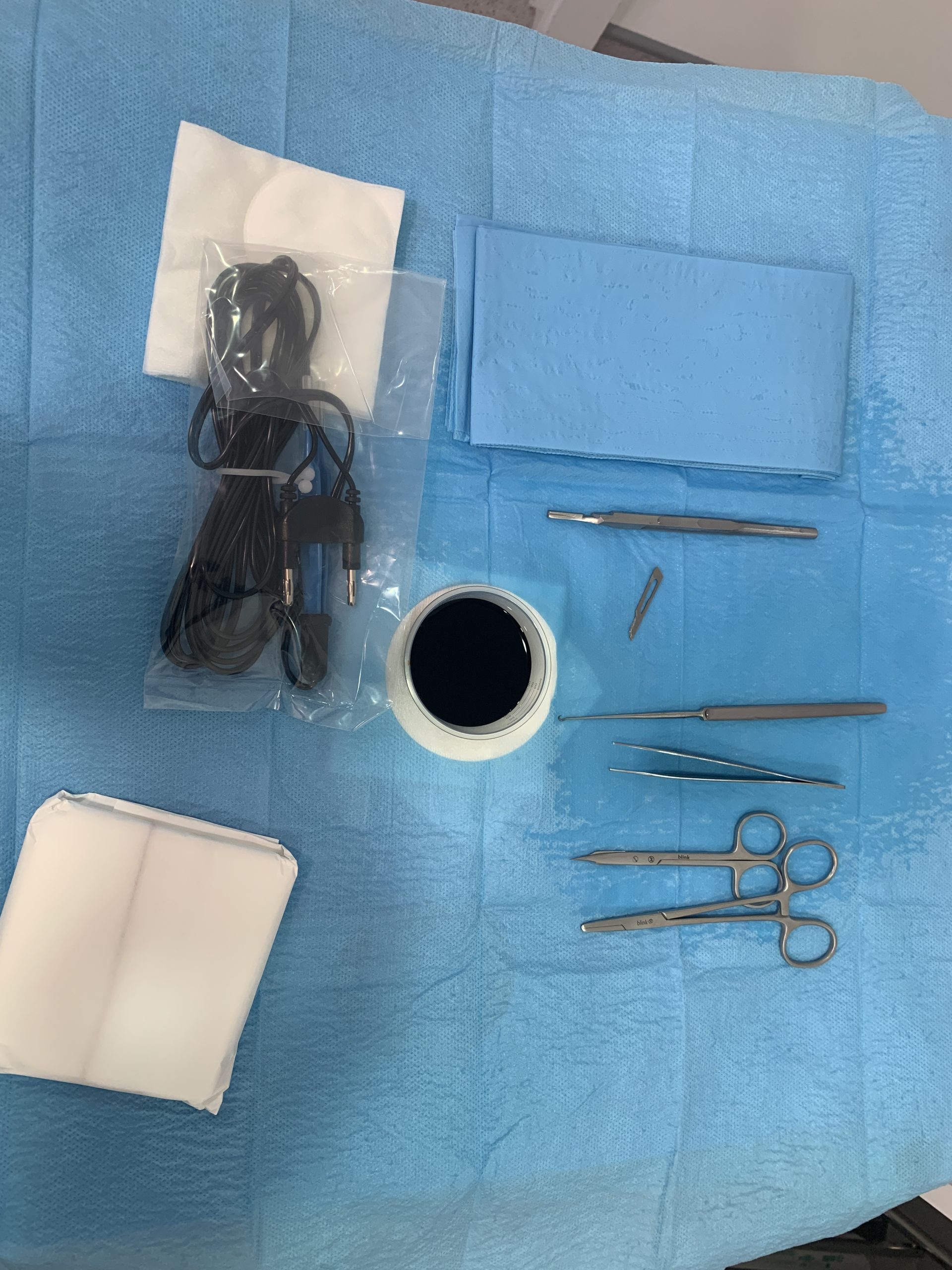


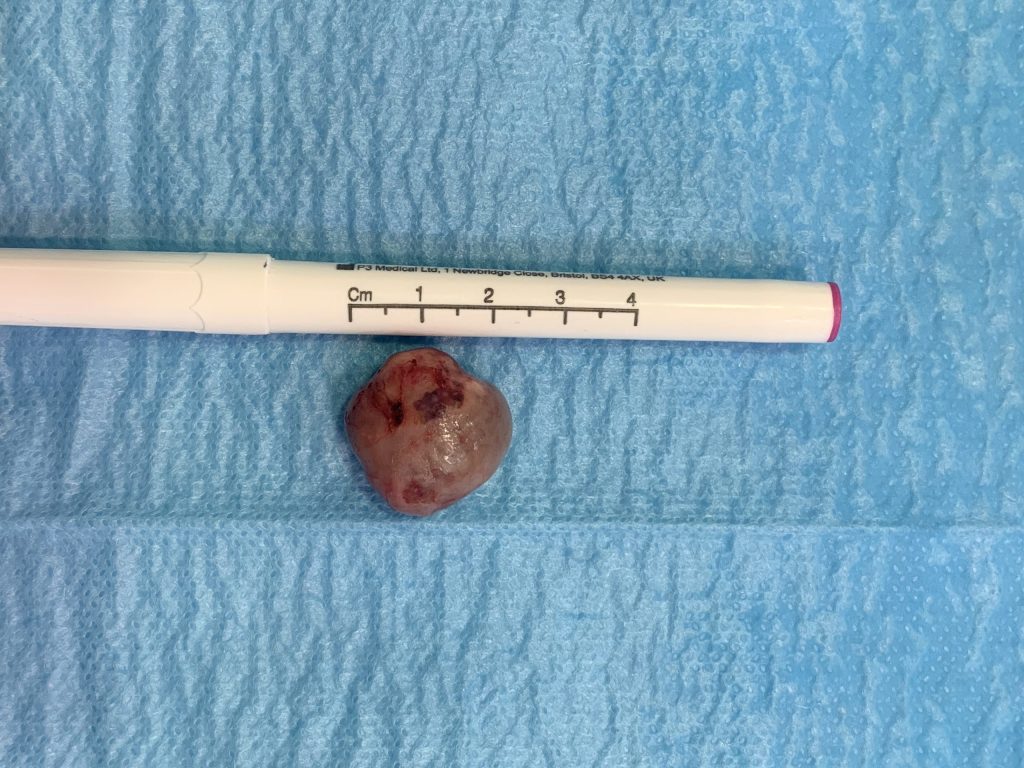
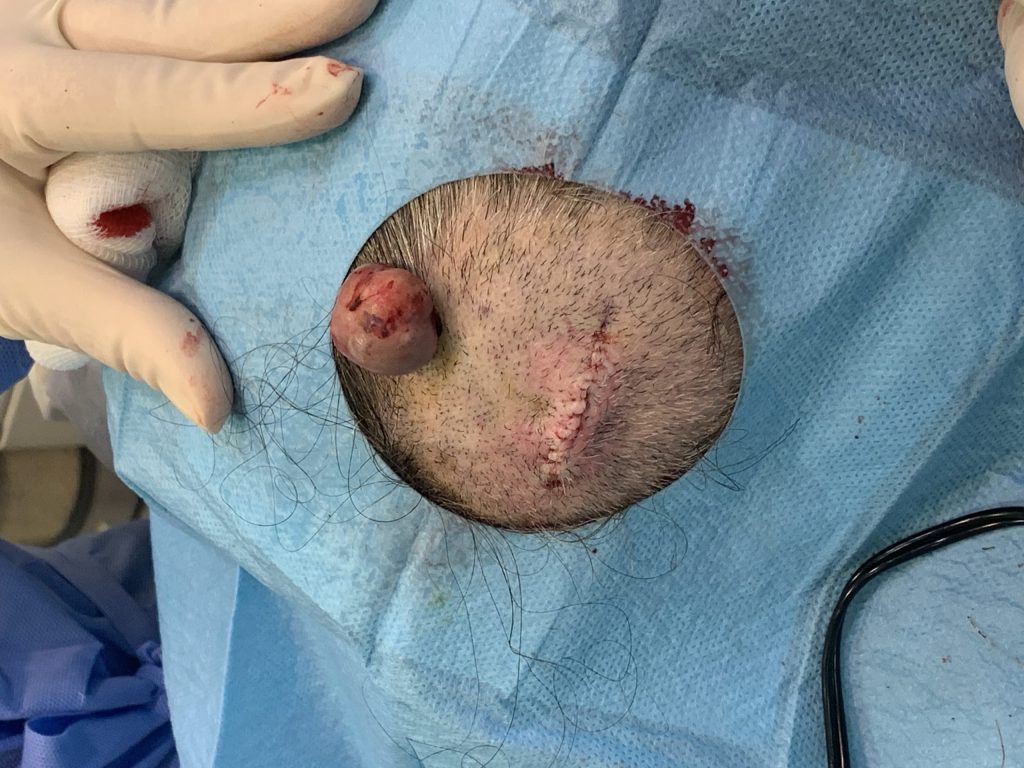
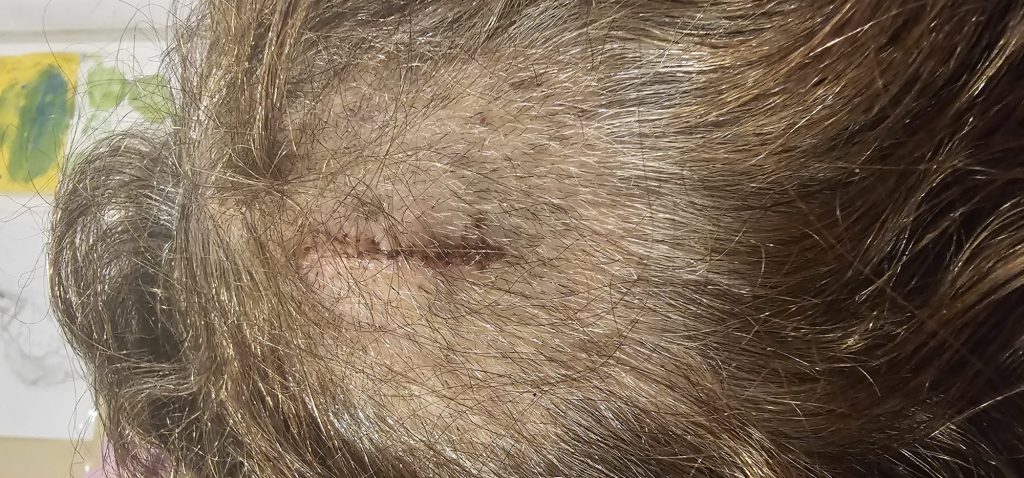
For more information about sebaceous cysts (Pillar cysts) visit: https://macsclinic.co.uk/removal-of-sebaceous-cyst/ or contact MACS Clinic at 020 7078 4378 or 07792 648726.

